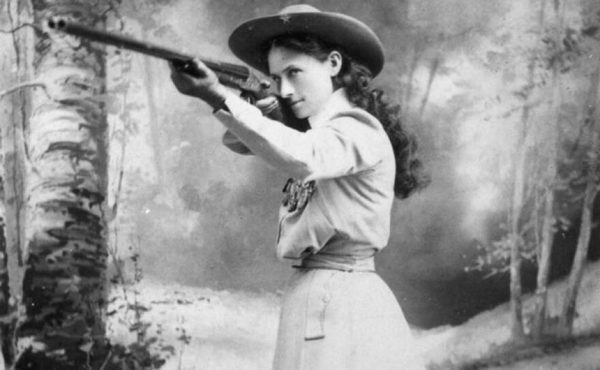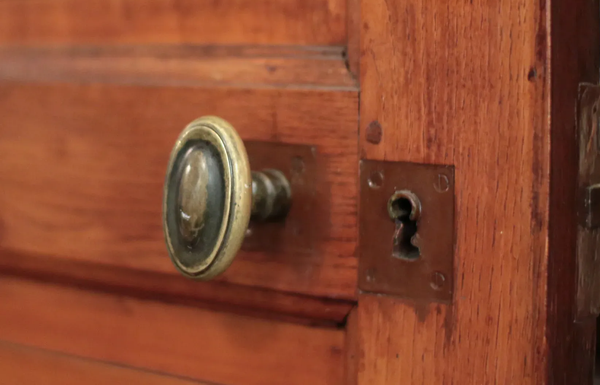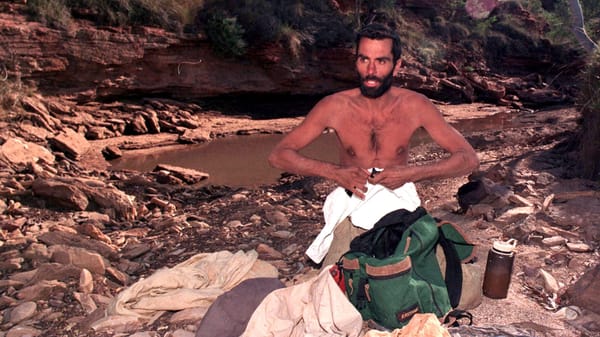The murder that roiled the world of cycling

One morning in June, before dawn, cyclists began gathering at an intersection in Emporia, Kansas, to remember the victim of a recent murder. The early-morning cyclists were about to begin a memorial ride for Moriah Wilson, one of the sport’s leading athletes. She had died three weeks earlier, in what Amy Charity described as “the most tragic and shocking thing that’s ever happened in this small community.” In May, VeloNews described Wilson as “the winningest woman in the American off-road scene.” Hours after that article appeared online, Wilson was fatally shot, in an apartment in Austin, Texas. The crime was soon understood to be connected to her friendship with Colin Strickland, the biggest star that gravel racing has yet produced.
Twins born from embryos that were frozen 30 years ago
In April 1992, Vanessa Williams’ “Save the Best for Last” topped the Billboard 100, Arkansas Gov. Bill Clinton was running for the White House, “Who’s the Boss?” aired its final episode, and the babies born to Rachel and Philip Ridgeway a couple of weeks ago were frozen as embryos. Born on October 31, Lydia and Timothy Ridgeway were born from what may be the longest-frozen embryos to ever result in a live birth, according to the National Embryo Donation Center. The previous known record holder was Molly Gibson, born in 2020 from an embryo that had been frozen for nearly 27 years. Molly took the record from her sister Emma, whose embryo had been frozen for 24 years.

World's tallest outdoor elevator looks over 'Avatar' landscape
The world's tallest outdoor elevator might be two decades old, but it remains just as popular as ever, offering fast and effortless views of a national park many believe inspired the incredible scenery of the 2009 film "Avatar."The Zhangjiajie National Forest Park in Hunan, China is famed for its towering, pillar-like karst formations, and bears a remarkable resemblance to the floating landscape of alien-world Pandora, which plays a starring role in the movie.The 326-meter-tall glass Bailong Elevator was built onto the side of a cliff in the national park and offers stunning views of the karst formations.

Parasite gives wolves what it takes to be pack leaders, study says
If you read the recent item in this newsletter about how a common parasite called Toxoplasma Gondii can theoretically make people more attractive, there's some evidence that the same parasite can cause certain types of behavior in wolves – specifically, it makes them more likely to lead a pack, and it makes them more likely to leave their home packs and strike out on their own. Both behaviors increase the wolf's odds of survival, and therefore the odds that it will pass on the parasite. The team looked at 256 blood samples from 229 wolves, which had been carefully watched throughout their lives, and had their life histories and social status recorded. Meyer and Cassidy found that infected wolves were 11 times more likely than uninfected ones to leave their birth family to start a new pack, and 46 times more likely to become pack leaders.

The toxic history of our fascination with colour
The story of human history is often told as one of a desperate struggle for survival, dominated by war and conquest, plagues and empires. But it could perhaps be narrated just as well through the quieter language of color. Our species has been finding ways to color the world around us for as long as we’ve existed. Our nearest ancient relatives, Neanderthals, painted cave walls in Spain at least 60,000 years ago using red ochre, a naturally occurring mineral dug from the earth. Even older artifacts suggest that Neanderthals may have been using red ochre as a pigment as far back as 250,000 years ago. Since then, color-making has followed humans everywhere, from the brilliant blues of ancient Egypt to the beguiling purples of China’s Han dynasty.

Ancient Roman coin only clue that Roman leader named Sponsian ever existed
For much of ancient Roman history, Roman mints produced coins featuring portraits of current emperors. In 1713, a group of such coins was allegedly discovered in Transylvania, some of them featuring a portrait labeled with the name “Sponsian,” although there are no other historical records that a Roman emperor named Sponsian ever existed. When the coins were discovered, they were initially thought to be genuine. But from the mid-19th century, attitudes changed owing to the coins’ crude designs and jumbled inscriptions. One expert suggested they were the work of a sophisticated Viennese fraudster who had invented an emperor to appeal to collectors, and this became the prevailing view. But new research shows that the coins are indeed genuine.

A giant xylophone plays in the forest
In 2011, Japanese telecom company Docomo created one of the most beautiful adverts we've ever seen. A giant xylophone in Kyushu playing Bach's "Jesu, Joy of Man's Desiring" with a wooden ball rolling down its keys [full video, HD: https://t.co/dicECkSF45]pic.twitter.com/bqjinVPcdh
— Massimo (@Rainmaker1973) November 28, 2022



